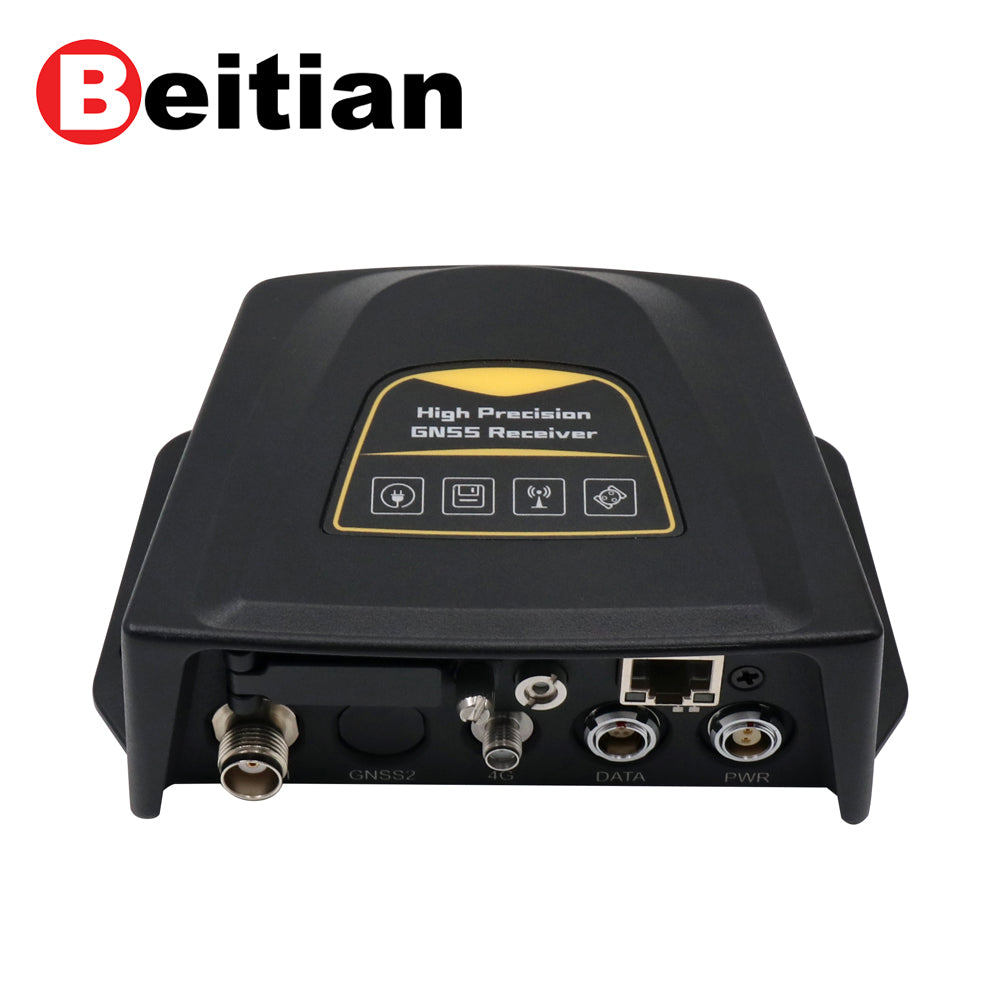
The use and classification of GNSS receivers
GNSS receiver is an instrument that receives satellite navigation system communication satellite signals to determine the spatial coordinates of the road surface. The navigation and precise positioning signals uploaded by GPS communication satellites are an information source that can communicate with thousands of customers. For customers on land, deep sea and space, it has receiving equipment that can receive, track, convert and detect GPS signals, that is, GNSS receivers.
GPS signals can be used for navigation and positioning measurements at any time. Depending on the application purpose, the GPS signal receiver required by the user is also different. Now there are dozens of manufacturers producing GNSS receivers in the world, and there are hundreds of products. Such products can be classified according to basic principles, main uses, and functions.
Classified according to the purpose of the receiver
Navigation receiver:
This type of receiver is mainly used in sports carrier navigation, which can obtain the position and speed of the medium in real time. This kind of receiver generally uses C/A code pseudo-range to accurately measure, and the instant accuracy level of burst shooting is relatively low, generally ±25m, and ±100m when there is SA hazard. This receiver is cheap and versatile. According to different application fields, this type of receiver can be further divided into: vehicle-mounted type-used for vehicle navigation positioning; ocean-going type-used for ship navigation positioning; airline type-used for airport navigation precise positioning. Because of the fast start-up speed of the airport, the receivers used on airlines are specified for rapid motion. Space-borne type - used for navigation and precise positioning of communication satellites. Because the speed of the communication satellite reaches above 7km/s, the requirements for the receiver are higher.
geodetic receiver
Geodesic receivers are mainly used in high-precision geodesy and high-precision construction engineering surveys. High precision grade. The structure of the equipment is complicated and the price is expensive. Time calibration receiver This type of receiver mainly uses the high-precision time standard provided by GPS satellites to perform time calibration, and is mainly used for astronomical observatory certification and data synchronization in radio communications.

(Beitian Beitian Geodetic GNSS Receiver BT-B109)
single frequency receiver
The single-frequency receiver can only receive the L1 carrier signal, and measure the carrier phase observation value for positioning. Since the effect of ionospheric delay cannot be effectively eliminated, single-frequency receivers are only suitable for precise positioning of short baselines (<15km).
dual frequency receiver
The dual-frequency receiver can receive L1 and L2 carrier signals at the same time. Utilizing the difference of dual-frequency to ionospheric delay, the influence of ionosphere on the delay of electromagnetic wave signals can be eliminated, so the dual-frequency receiver can be used for precise positioning up to thousands of kilometers.
Channel number classification
GNSS receivers can receive signals from multiple GPS satellites at the same time. In order to separate the received signals from different satellites to realize tracking, processing and measurement of satellite signals, devices with such functions are called antenna signal channels. According to the channel types of the receiver, it can be divided into: multi-channel receiver sequential channel receiver multi-channel multi-channel receiver
Classification of receiver working principle
code correlation receiver
Code correlation receivers use code correlation technology to obtain pseudo-range observations.
square receiver
The square receiver uses the square technology of the carrier signal to remove the modulation signal to restore the complete carrier signal. The phase difference between the carrier signal generated in the receiver and the received carrier signal is measured by the phase meter to measure the pseudo-range observation value.
hybrid receiver
This instrument combines the advantages of the above two receivers, and can obtain both the code phase pseudorange and the carrier phase observation value.
interferometric receiver
This receiver uses GPS satellites as a radio source and uses interferometric methods to measure the distance between two stations.

